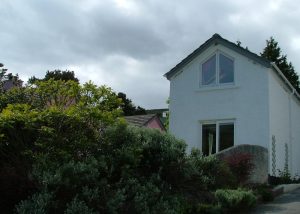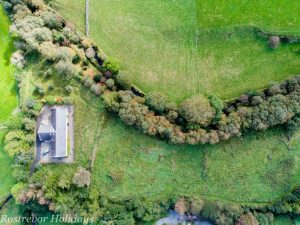It may not result in treasure that will make you rich, but kids will love searching the beach at low tide for this type of bounty.
I was out for a walk on Cranfield Beach yesterday at low tide and was surprised at the number of families with children searching the rock pools. As I had my camera with me, I decided to join in to see what could be found. Within a couple of minutes I came across some beautiful starfish. So I thought I’d share with you some of the most common seaside treasures I came across yesterday.
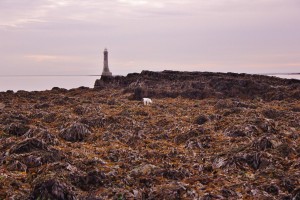
1. Seaweed
It provides that distinct smell of the sea, but is the best place to start looking. Supporting life for insects, this in
turn is a popular place for coastal birds. If you wish to identify the different types you find, The Natural History Museum has a fantastic guide to the most commonly found types of seaweed.
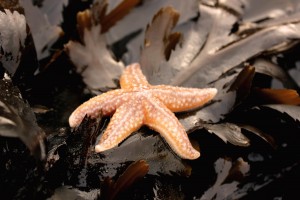
2. Starfish
The UK is resident to over 30 different types of starfish including brittlestars, cushion stars and sea stars. After storms, you might find the beach is covered with mass starfish beachings, but if you search in the rockpools at the shoreline, you should find some healthy living starfish.
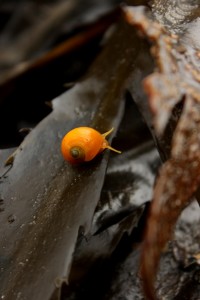
3. Periwinkles
The periwinkle is a species of edible sea snails.
I was surprised by the vivid colour of these orange type that were in abundance on the seaweed at Cranfield.
4. The Sea Potato
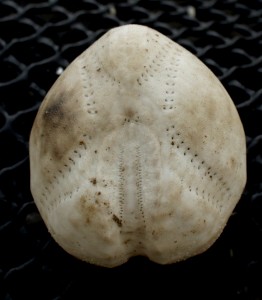
I had seen plenty of these heart shaped urchins washed up on the shore, but then found one that still had its fine beige spines, which gave it the rather hairy appearance, and didn’t know what I had found! Apparently the spines trap air to prevent asphyxiation for the buried urchin (which can be up to 200m deep in sand).

Please remember: Before you head out beachcombing, please make sure to be prepared. Know the Tides and Know the Weather. We have two high tides and two low tides every day. When the tide turns it can be fast coming in, so you need to be very careful not to get cut-off. You can check tide times here The best beach walking is an hour before and after the lowest time. Bring warm clothes, and a pair of welly-boots is most useful!

